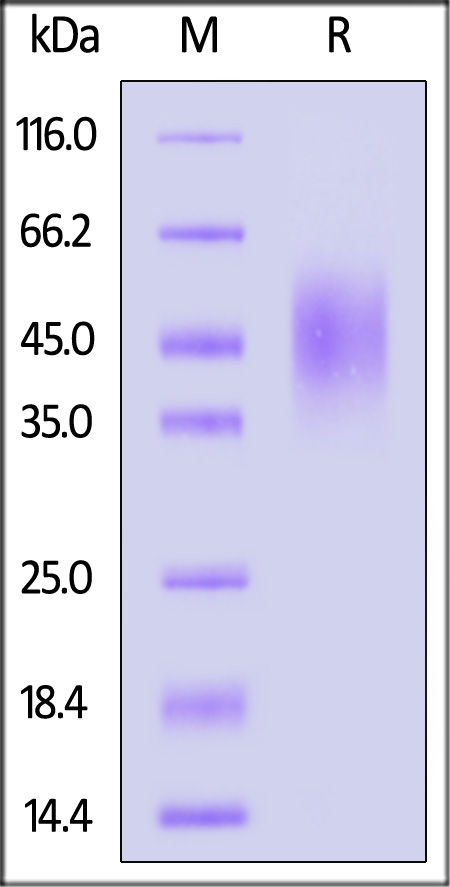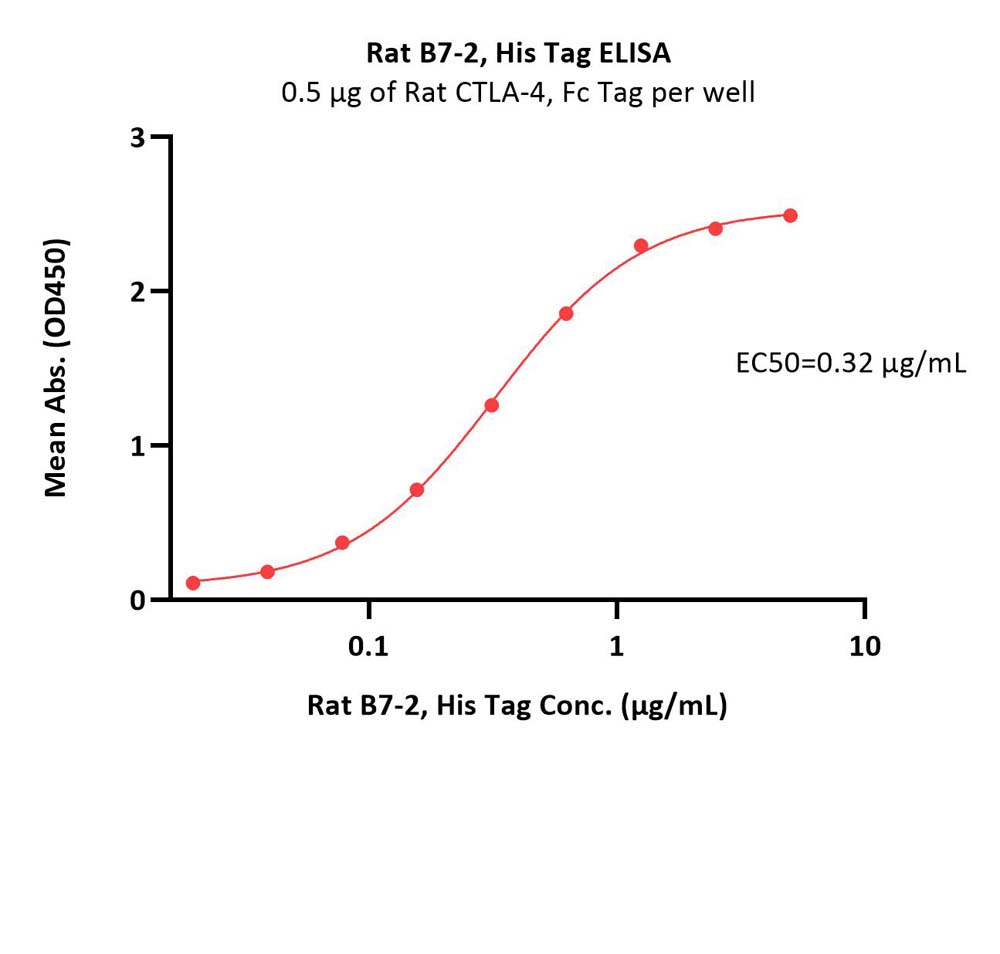Genomic and structural insights into Jyvaskylavirus, the first giant virus isolated from FinlandAlmeida, Arriaga, de Azevedo
et alElife (2025) 13
Abstract: Giant viruses of protists are a diverse and likely ubiquitous group of organisms. Here, we describe Jyvaskylavirus, the first giant virus isolated from Finland. This clade B marseillevirus was found in Acanthamoeba castellanii from a composting soil sample in Jyväskylä, Central Finland. Its genome shares similarities with other marseilleviruses. Helium ion microscopy and electron microscopy of infected cells unraveled stages of the Jyvaskylavirus life cycle. We reconstructed the Jyvaskylavirus particle to 6.3 Å resolution using cryo-electron microscopy. The ~2500 Å diameter virion displays structural similarities to other Marseilleviridae giant viruses. The capsid comprises of 9240 copies of the major capsid protein, encoded by open reading frame (ORF) 184, which possesses a double jellyroll fold arranged in trimers forming pseudo-hexameric capsomers. Below the capsid shell, the internal membrane vesicle encloses the genome. Through cross-structural and -sequence comparisons with other Marseilleviridae using AI-based software in model building and prediction, we elucidated ORF142 as the penton protein, which plugs the 12 vertices of the capsid. Five additional ORFs were identified, with models predicted and fitted into densities that either cap the capsomers externally or stabilize them internally. The isolation of Jyvaskylavirus suggests that these viruses may be widespread in the boreal environment and provide structural insights extendable to other marseilleviruses.© 2024, Almeida et al.
The HBV large envelope protein initiates virion assembly by recruiting capsids at membrane rich domains related to late endosomeSeigneuret, Eymieux, Sarabia-Vega
et alCell Mol Life Sci (2025) 82 (1), 128
Abstract: A crucial step of HBV (Hepatitis B Virus) virion morphogenesis is the envelopment of the nucleocapsid by the viral envelope proteins, which is triggered by an interaction between the HBV core protein and the large HBV envelope protein. To document this protein-protein interaction, we co-expressed core and large HBV envelope (LHBs) in Huh-7 cells and subjected the cells to microscopy examination by Fluorescence Resonance Energy Transfer (FRET) and Transmission Electron Microscopy (TEM). Our results show that the sole expression of the core protein leads to assembly of capsids that remain individually isolated within the whole cell, but particularly within the nucleus. In the presence of LHBs, capsids were observed as large clusters in a membrane rich region peripheral to the nucleus. In this context, core-LHBs complex co-localize with markers of the late endosome/multivesicular bodies, this co-localization being driven by LHBs. These results thus show that LHBs binds to the core proteins when preassembled into capsid, at membranes of the late endosome, where the inner capsid and the outer envelope meet to assemble a virion.© 2025. The Author(s).
In-house assays for detecting anti-SARS-CoV-2 antibodies in serum and urine: Correlation with COVID-19 severity from a cohort study in QatarVaikath, Al-Nesf, Majbour
et alJ Infect Public Health (2025) 18 (6), 102744
Abstract: Serological assays targeting antibodies against key viral proteins, including the Spike (S1), Receptor Binding Domain (RBD), and Nucleocapsid, play a critical role in understanding immunity and supporting diagnostic efforts during COVID-19 pandemic, and afterward. This study aimed to develop and validate in-house assays for detecting anti-SARS-CoV-2 antibodies in serum and urine.ELISA-based assay was developed to detect IgG and IgM antibodies against SARS-CoV-2. The assay was examined in serum and urine samples of two different cohort of patients affected by COVID-19 disease with different severity and compared to age and sex matched control group. Neutralizing antibody activity was evaluated using an RBD-ACE2 binding inhibition assay. Additionally, a Sengenics protein microarray platform was employed to assess epitope-specific antibody responses.The in-house ELISA assay reliably detected antibodies in both 163 serum and 64 urine samples compared to 50 serum samples from healthy control, with strong correlations observed between antibody levels in the two biofluids. Neutralizing antibody levels correlated positively with disease severity, highlighting their clinical relevance. The performance of the in-house assays was comparable to commercial kits, and the Sengenics microarray provided detailed insights into antibody profiles, identifying dominant epitopes within the Nucleocapsid core domain and RBD.The developed in-house assay demonstrated robust performance and versatility, offering a cost-effective and scalable alternative to commercial kits. Their ability to detect antibodies in both serum and urine highlighted their potential as non-invasive diagnostic tools. These findings contribute to advancing sero-diagnostic capabilities, improving understanding of immune responses to SARS-CoV-2, and supporting global efforts to monitor and manage COVID-19 effectively.Copyright © 2025. Published by Elsevier Ltd.
Increase of VEGF and Fibronectin expression and ultrastructural alterations of intercellular junctions in a swab negative patient after SARS-COV-2 infectionSimioni, Sanz, Gafà
et alVirol J (2025) 22 (1), 82
Abstract: SARS-CoV-2 infection has been responsible of COrona VIrus Disease (COVID-19) pandemia and can cause a variety of symptoms including gastrointestinal disorders, abdominal pain and liver injury. The host receptor for SARS-CoV-2, ACE2, is expressed in gut and SARS-CoV-2 infection could induce vascular damage and immune system dysregulation, creating an inflammatory and hypercoagulable state, as widely described at the lung level.This work presents the case of a middle-aged Caucasian man admitted to the Hospital Emergency Department from the University Hospital of Ferrara (Italy), complaining of pain in the upper and middle region of the abdomen. The patient tested negative to the nose-oropharyngeal swab for SARS-CoV-2 four weeks after recovering from viral infection. The patient required resection of a segment of ileum and an ulcer of the bowel wall was recognized and sampled. Previous published results had confirmed the presence of the SARS-CoV-2 nucleocapsid protein, an increased human leukocyte antigen (HLA-G) and an altered morphology of microvilli in the ulcerated ileum of the patient when compared to the non-ulcerated ileum. The present study sought to deepen the consequences of SARS-CoV-2 infection. To this end, we evaluated the expression and co-expression of Vascular Endothelial Growth Factor (VEGF) and Fibronectin by immunohistochemical techniques. VEGF immunohistochemical expression was higher in the ulcer than in the control ileum sample and the non-ulcerated ileum areas and co-expressed with the SPIKE protein. Fibronectin staining was lower in control sample than in non-ulcerated and ulcerated ileum. Electron microscopy analysis showed alterations of the integrity of the intestinal barrier in the ulcerated area when compared to the non-ulcerated ileum or to the control sample.Although the patient was tested negative to nose-oropharyngeal swab for SARS-CoV-2, the SPIKE protein was detected in his terminal ileum, especially in the ulcerated areas. The presence of the viral protein was also associated with an increase of VEGF and Fibronectin. In addition to vascular changes, the SARS-CoV-2 infection altered the junctional apparatus among epithelial cells, making the tissue even more fragile and thus susceptible to the entry of pathogens and the development of further infections.© 2025. The Author(s).




























































 膜杰作
膜杰作 Star Staining
Star Staining


















